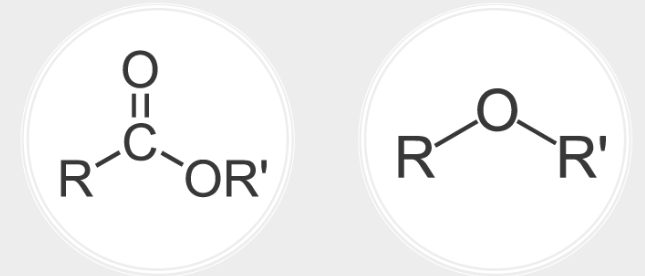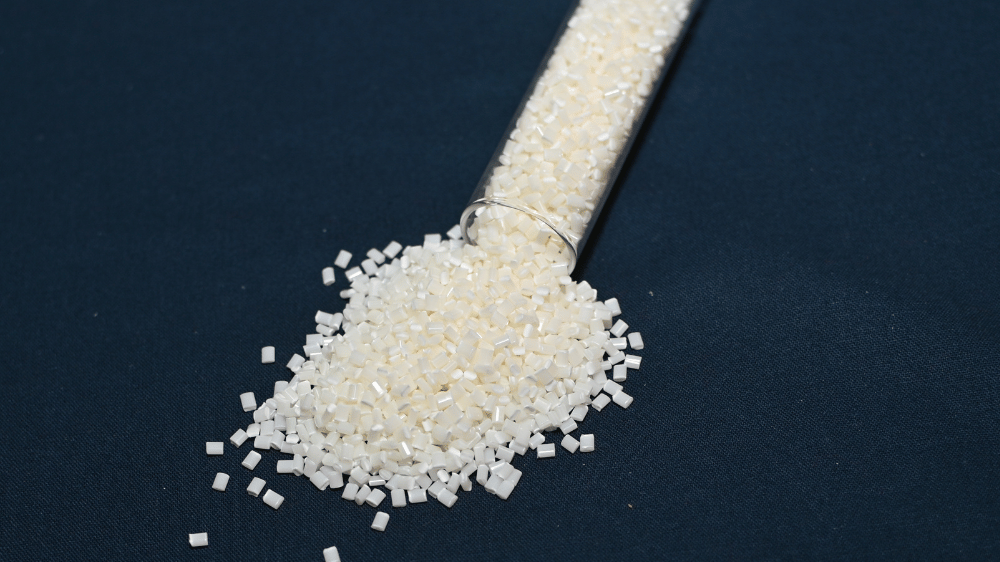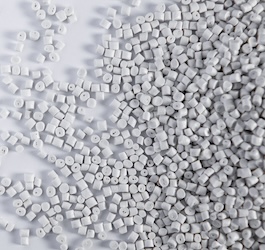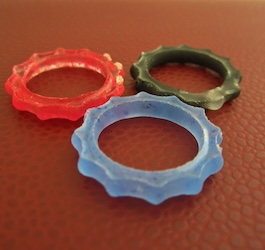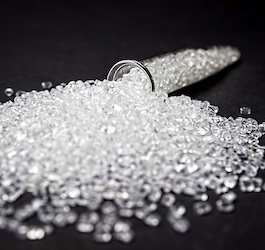Unraveling the Distinctions: Amorphous vs. Crystalline Thermoplastics
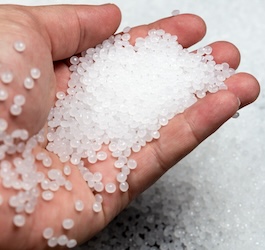
In the vast realm of thermoplastics, two prominent categories stand out: amorphous and crystalline thermoplastics. Understanding the differences between these two types is crucial for designers, engineers, and manufacturers seeking to optimize material selection for various applications.
Amorphous thermoplastics, as the name suggests, lack a distinct crystalline structure. Instead, their molecular chains are arranged in a disordered fashion. This absence of a defined structure imparts unique properties to amorphous thermoplastics, such as dimensional stability, processing versatility, and the potential for transparancy . Common examples include polystyrene (PS), polymethyl methacrylate (PMMA), and polycarbonate (PC). These materials are prized for their versatility, making them suitable for applications that require tight tolerances and wide processing windows.
On the other hand, crystalline thermoplastics have a highly ordered molecular structure, forming a crystalline lattice. This organized arrangement contributes to enhanced strength, stiffness, and heat resistance. Examples of crystalline thermoplastics include polyethylene (PE), polypropylene (PP), and polyethylene terephthalate (PET). Due to their ordered structure, these materials tend to exhibit a more opaque appearance compared to their amorphous counterparts. The crystalline nature imparts superior mechanical properties, making them ideal for applications requiring robustness and durability.
The processing behavior of these thermoplastics also varies significantly. Amorphous thermoplastics generally exhibit a broader processing temperature range, allowing for easier molding and shaping. Crystalline thermoplastics, in contrast, have a processing window that is more narrow. The definitive melting point of semi-crystalline plastics can produce higher flow resins, but viscosity control above the melt point is lost. Amorphous thermoplastics will gradually soften as heat is added which brings an added degree of control during processing.
In conclusion, the choice between amorphous and crystalline thermoplastics hinges on the specific requirements of the intended application. Whether it's the optical clarity and design flexibility of amorphous thermoplastics or the strength and durability of crystalline thermoplastics, understanding these differences empowers designers and engineers to make informed decisions, ensuring optimal performance in diverse applications.





